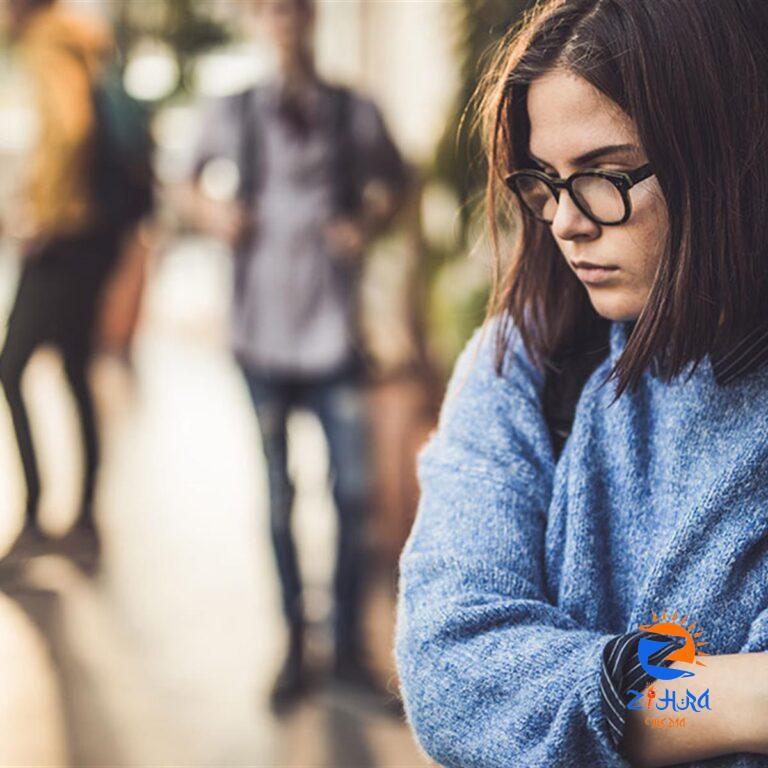
[ad_1]
By: Scott Hadland, MD, MPH, MS, FAAP & Rita Agarwal, MD, FAAP
An overdose crisis is affecting children, adolescents and adults across the United States. Most drug overdoses in young people are caused by opioids.
Opioids have long been used medically to treat pain. But highly potent opioids like fentanyl, which is rampant throughout the illicit drug market, are now the leading cause of overdose deaths across all ages.
If someone in your home takes opioids for any reason, you should carry
naloxone. Naloxone is a lifesaving medication that can reverse an opioid overdose in minutes. It’s available as a nasal spray that is easy to administer.
(See “Where to get naloxone,” below.)
Who should carry naloxone?
Naloxone is recommended for anyone who:
-
uses opioids (especially heroin or fentanyl) without a prescription or in a way the doctor did not intend
-
has a substance use disorder (“addiction”)
-
lives with someone who uses opioids in a nonmedical way or who has a substance use disorder
-
has opioids in the home (from a prescription, for example)—particularly if small children are in the home who might unintentionally ingest them
View this video to learn about naloxone:
Fentanyl: a potent opioid fueling an overdose crisis
Opioids are the most common cause of
poisoning deaths in children.
Fentanyl is one of the most potent opioids. It can quickly cause an overdose, especially in children and adolescents. Fentanyl is at least 50 times more potent than heroin. A dose of fentanyl that fits on the
tip of a pencil can be deadly.
Fentanyl is sometimes used medically to treat pain or for anesthesia. However, the fentanyl that is widely available in the illicit drug market and in counterfeit pills is illegally manufactured and highly dangerous. Public health experts blame illicit fentanyl for the sharp increase in overdoses.
Fake prescription pills & other drugs laced with fentanyl
Among adolescents aged 10-19, fake (counterfeit) pills are to blame for
nearly a quarter of poisoning and overdose deaths. Fake pills are widely available for purchase in the illicit drug market and through social media platforms that teens commonly use, such as TikTok and Snapchat. These pills are made to look like real prescription pills like oxycodone or Xanax. Instead, the fake pills commonly include a deadly amount of illicit fentanyl, and is sometimes also combined with other drugs like xylazine.
Fentanyl has also been found in lethal quantities in other drugs like cocaine.
Xylazine: an emerging threat
Xylazine is a prescription sedative and pain reliever for animals. It is not safe for people. Xylazine is sometimes mixed with fentanyl or heroin and can cause serious side effects. Signs of an overdose of xylazine are similar to signs of an opioid overdose. It is increasingly common in the illicit drug markets in the Northeast United States. It is likely to appear in other states soon, too. Naloxone may help in a xylazine overdose, but because xylazine is not an opioid, it is often not effective. If you suspect someone has overdosed on xylazine, call 911 immediately.
Signs of opioid overdose
Signs of an opioid overdose may include:
-
unconsciousness or unresponsiveness (doesn’t wake up when shaken or called)
-
shallow, slow or no breathing
-
limpness
-
pale skin, with blue lips or fingertips
-
slow or irregular heartbeat or pulse
-
vomiting or gurgling noises
-
slurred speech
-
center part of the eye is very small (called “pinpoint pupils”)
How do you know when to use naloxone?
Naloxone should be administered at the first sign of overdose symptoms. This is especially important for toddlers and small children, who may inadvertently take medication or encounter a counterfeit pill. Follow the instructions on the package.
After giving someone naloxone, call 911 right away
Naloxone is a temporary treatment, and its effects do not last long. A person who has overdosed and who receives naloxone will usually wake up within 1-3 minutes. Stay with the person, even if they are conscious, until emergency medical help arrives.
The person could lapse back into unconsciousness and might need another dose of naloxone. This is because the overdose can worsen and last for up to several hours, whereas naloxone can wear off after 30 to 90 minutes. Keep trying to wake the person up and keep them breathing. Also, lay them on their side to prevent them from choking if they are unconscious.
After naloxone, the person may have body aches, diarrhea, fast heart rate, fever, runny nose, sneezing, goose bumps, sweating, yawning, upset stomach, vomiting, nervousness, restlessness, shivering or trembling, weakness and high blood pressure. Some people have sudden symptoms of opioid withdrawal and may seem irritable.
Where to get naloxone
Naloxone can be purchased
without a prescription at retail pharmacies in all 50 states, Washington, D.C. and Puerto Rico. All you need to do is contact your local pharmacy and state that you would like to receive naloxone through your state’s “standing order.” You will need to provide your name and date of birth, and your insurance will be charged. Often, the copay is $0. You can also find
free naloxone in your community. It is often given out by local organizations.
Is naloxone safe for infants and children?
Yes. Naloxone can be used for a
suspected overdose in infants, children, teens, adults and the elderly. There is
virtually no downside to giving naloxone to a child or teen, even if you are not sure if they overdosed on opioids. (Babies treated for
neonatal opioid withdrawal syndrome may require an alternate product recommended by their pediatrician instead of naloxone.)
Forms of naloxone available
There are two forms of naloxone: a nasal spray and a shot that is injected. The Food and Drug Administration (FDA) has approved the first over-the-counter naloxone
nasal spray (also known as
Narcan). It will be available in late summer 2023. Anyone will be able to buy the nasal spray at drug stores, grocery stores, convenience stores, gas stations and online.
What is nalmefene?
The FDA recently approved a
prescription nasal spray called nalmefene (also known as
Opvee).
Nalmefene nasal spray is for emergency treatment of opioid overdose in people age 12 years and older.
Remember
Always
store medications in a locked medicine cabinet or box that is out of reach. Dispose of unused prescription medications and keep illicit drugs out of your home.
More information
About Dr. Hadland
|
About Dr. Agarwal
|
The information contained on this Web site should not be used as a substitute for the medical care and advice of your pediatrician. There may be variations in treatment that your pediatrician may recommend based on individual facts and circumstances.
[ad_2]
 Scott Hadland, MD, MPH, MS, FAAP, is the Chief of Adolescent and Young Adult Medicine at Massachusetts General Hospital and an Associate Professor of Pediatrics at Harvard Medical School. He holds triple board certification in General Pediatrics, Adolescent Medicine, and Addiction Medicine, and his work focuses on adolescent and young adult substance use disorder prevention and treatment.
Scott Hadland, MD, MPH, MS, FAAP, is the Chief of Adolescent and Young Adult Medicine at Massachusetts General Hospital and an Associate Professor of Pediatrics at Harvard Medical School. He holds triple board certification in General Pediatrics, Adolescent Medicine, and Addiction Medicine, and his work focuses on adolescent and young adult substance use disorder prevention and treatment. Rita Agarwal, MD, FAAP, is Clinical Professor of Anesthesiology at Stanford University School of Medicine. She is a member of the American Academy of Pediatrics Committee on Substance Use and Prevention and past president of the Society for Pediatric Pain Medicine.
Rita Agarwal, MD, FAAP, is Clinical Professor of Anesthesiology at Stanford University School of Medicine. She is a member of the American Academy of Pediatrics Committee on Substance Use and Prevention and past president of the Society for Pediatric Pain Medicine.